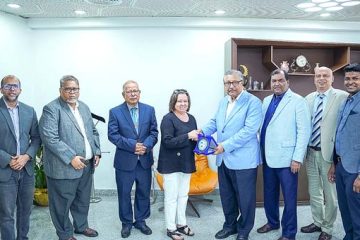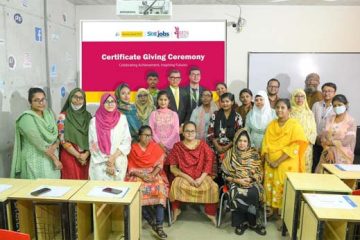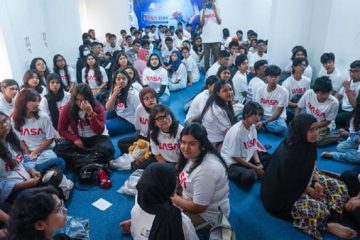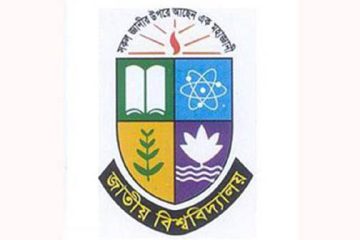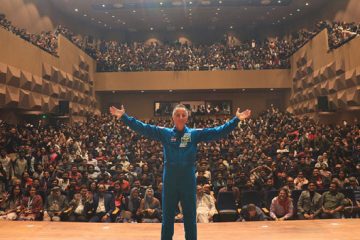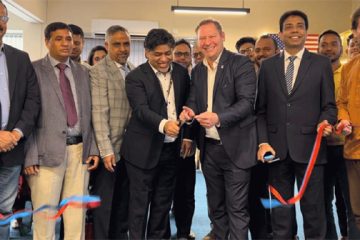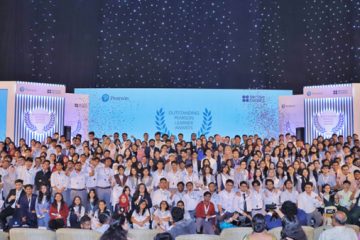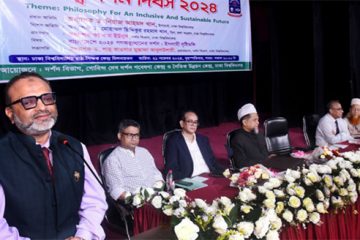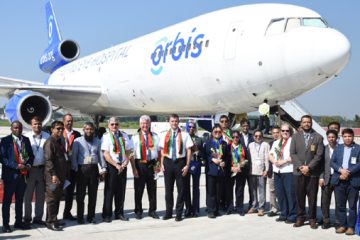Untreated sewage in most parts of the capital gets directly mixed with canal and river water due to ‘malpractice’ of house owners. City residents and experts have blamed the house owners for connecting sewerage line with storm water drainage system and the authorities concerned for negligence of duty.
In Moghbazar area, some roads are covered in water most of the time without rain and sometimes sewage flows into stagnant water that spreads bad odour.
It was found that a residential hotel named Hotel Ekota in the area was releasing household sewage on Moghbazar-Mouchak road through a line.
Hotel security guard Minhaz said that they had not dug any drain and blamed another residential hotel, Hotel Sweet Dream, for dumping waste on the main road.
Tuhin Mahmud, a resident of Maniknagar at Mugda, told New Age that every day they have to cross over dirty stagnated water to get transport for office.
During rain, their sufferings mount as rainwater and household sewage get mixed, he said, adding that people have no alternative but to face sufferings to do their everyday chores.
Not only Mugda and Moghbazar, house owners in most of the areas in the capital, including Kalyanpur, Amin Bazar, Mirpur, Kafrul, Baridhara, Gulshan, Mohakhali, Banani, Uttara and Badda, discharge sewage directly into nearby water bodies.
A DWASA official said that every day city dwellers generate around 16 lakh cubic metres of household sewage and only 30,000-40,000 cubic metres are being treated in the lone Pagla Sewerage Treatment Plant.
A major portion of sewage gets directly mixed with the water of rivers, lakes and canals due to malpractice of house owners, he said.
Architect Iqbal Habib slammed DWASA, saying that the capital has neither any sewerage system nor any storm water drainage system.
It is open secret that house owners get relieved by connecting their sewerage line with storm water drainage system and thus DWASA was allowing them to pollute water.
Iqbal said that at present house owners lack space for septic tanks which need 8 feet by 10 feet space.
He said that untreated sewage from Dhaka-Narayanganj-Demra embankment flows into the river Sitalakhya through different canals.
Bangladesh University of Engineering and Technology civil engineering head and consultant of Hatirjheel project Mujibur Rahman said that city people would never get clean lake water until the sewerage system is streamlined.
He said that Pagla treatment plant can treat only 20 per cent of the household sewage.
Mujibur Rahman said that due to inadequate sewerage system, waste is being dumped into rivers, canals and other water bodies causing water pollution and environmental pollution.
DWASA chairman Md Rahmatullah acknowledged that at present only 30 percent of the capital city is covered by the sewerage network.
Almost 70 per cent areas of the capital is out of DWASA sewerage network, causing large amounts of untreated sewage that goes straight into rivers, canals and other water bodies, he said.
The chairman said that they had prepared a 23-year sewerage master plan to bring the whole city under its network.
Superintending engineer AFM Abdul Aziz said that the plan would be implemented in three phases at a cost of US $ 2 billion. In the first phase, Pagla Sewerage Treatment Plant would be upgraded to use its full capacity of treating 1.2 lakh cubic metres of waste.
Currently, Pagla treats only 40,000 cubic metres of waste, he said.
Abdul Aziz said that the trunk sewerage from Madhubagh to Pagla would be rehabilitated and new sewerage system would be built in Gulshan and Banani areas.
He said that DWASA would rehabilitate four lift stations at Tejgaon, Gulshan, Bashabo and Golapbagh.
The first phase would be implemented by 2015 and the second phase to be completed by 2025. The authorities would construct four sewerage treatment plants in Dhaka and two in Narayanganj.
Five more treatment plants would be constructed in Savar, Tongi, Keraniganj, Purbachal and Gazipur in the third phase by 2035, said DWASA engineer.
-With New Age input




